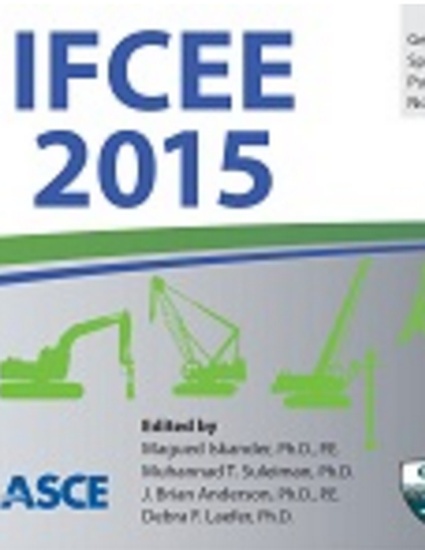
Soil contamination with hazardous substances can be in solid or liquid forms such as petrochemicals or chlorinated solvents hydrocarbons. Contaminants in soil can be physically or chemically adsorbed to soil grains or only trapped in pore space. Soil contamination usually occurs through spillage or burial directly at the contaminated area or migration from a spillage or burial source occurred elsewhere. Some of most occurring sources of soil pollution are petrochemical and chemical contamination. This study investigates the use of electromagnetic (EM) waves with various radiation patterns to induce a controlled transportation of a nonhazardous dye (used as contamination simulant). The medium in this study is aqueous (i.e., water), which helps to monitor the contaminant simulant transport under EM stimulated conditions. EM waves can be launched into the medium at proper frequencies to minimize the heat generation and temperature increase, yet induce a transport according to the EM radiation pattern. Then, the contaminant-simulant transport under EM-stimulated and unstimulated conditions were studied, and the results suggest that dielectrophoresis can be the underlying mechanism of observed EM-induced flow of the contaminant Simulant in the aqueous medium. This is consistent with numerical results as well.
